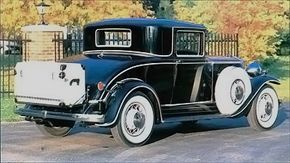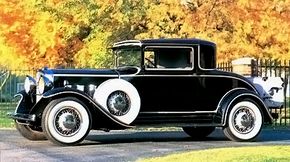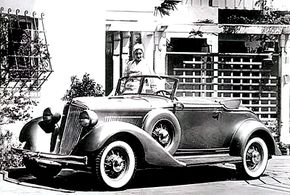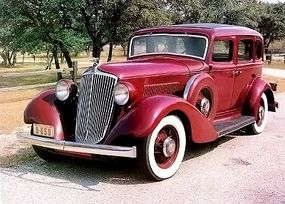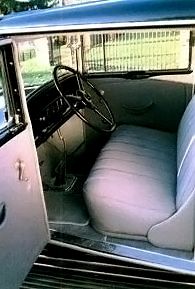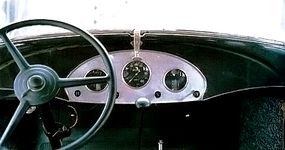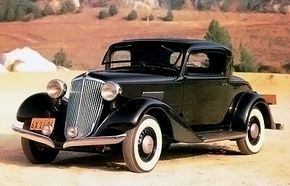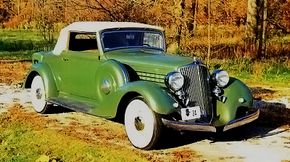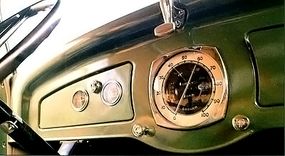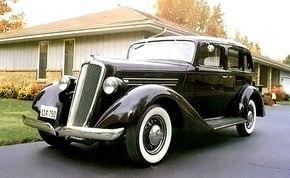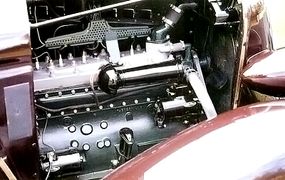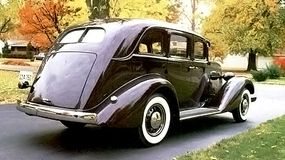One of the most brilliant flashes of light to come out of the Depression-era American auto scene was the 1932-1935 Graham "Blue Streak" Eight, a car of such trend-setting appearance that it served as a blueprint for the future, sending rival automakers into overtime, scrambling to catch up. Here is an introduction to the 1932, 1933, 1934, 1935 Graham Blue Streak.
Advertisement
Depression America was a stark panorama of bankruptcies, bank failures, and bread lines as people, companies, and even the country itself struggled to survive. This was especially true in the once-prosperous automobile industry.
Yet the Depression's deepening adversity spurred American automakers to new heights of engineering and styling achievements. Or, to quote the eloquent John Bentley from The Old Car Book, written in 1953: "And now, each [carmaker] in turn burst across the automotive firmament with some heroic engineering achievement, and each in its final fall shed a brief but brilliant, triumphant flash of light on the fast darkening pages of the industry's story."
But in order to fully savor the 1932-1935 Graham Blue Streak, an under-appreciated automotive achievement, and its even more amazing sponsors, a bit of perspective is in order.
If the 1930s were a time of grim survival, by contrast the 1920s were a time of expectancy, fueled by Wall Street's Big Bull Market, which promised that everything was possible. As the decade opened, Ford dominated the market, General Motors clung to a mere 12-percent share, and Walter Chrysler was "unemployed."
By decade's end, Ford's domination of the market was forever broken via Alfred P. Sloan's policy of a General Motors car "for every purse and purpose," and Walter Chrysler was the head of a new automotive giant forged from an unlikely amalgamation of Maxwell, Chalmers, and Dodge.
In the meantime, daring entrepreneurs like William C. Durant and Errett Lobban Cord were fashioning their ephemeral empires. Concurrent with this frenetic activity, the automobile was itself transformed from a luxury to a necessity, closed cars triumphed over open cars in the public's fancy, and "planned obsolescence" had arrived to entice customers on an annual basis.
Into this melange strode the brothers Graham, fated to take their place among the ranks of famous automotive brother acts, among them the Appersons, Bradys, Briscoes, Dodges, Duesenbergs, Duryeas, Fishers, Gardners, Jewetts, Kissels, Macks, Packards, Stanleys, Studebakers, and Whites.
Continue to the next page to learn more about these brothers who created the Graham Blue Streak.
For more information on cars, see:
- Classic Cars
- Muscle Cars
- Sports Cars
- Consumer Guide New Car Search
- Consumer Guide Used Car Search
Advertisement
